Tips for Growing a Budget-Friendly Home Garden
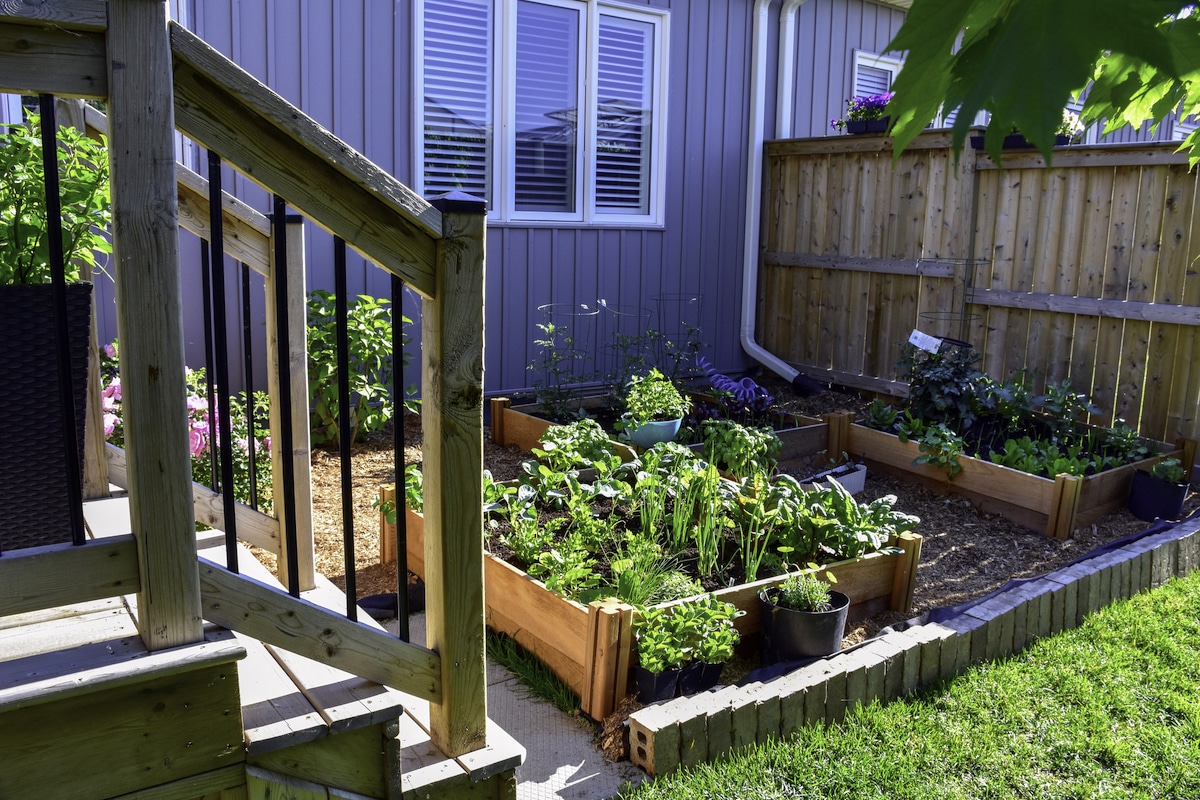
 Why you can trust us
Why you can trust us
Founded in 2005 as an Ohio-based environmental newspaper, EcoWatch is a digital platform dedicated to publishing quality, science-based content on environmental issues, causes, and solutions.
In the dreary winter months, the spring feels a long way out — but warmer days are approaching fast! Pretty soon it’ll be time to dust off the gardening supplies and plan out your plots for the growing season. Vegetable gardens are already a money-saving venture, and the initial input costs lead to a season of bounty. However, buying the seeds, starts, compost, gardening supplies and construction materials necessary to get a garden started can be expensive. Whether it’s flowers or vegetables, here are a few ways to cut costs without sacrificing the beauty and productivity of your garden.
Plan It Out

Before perusing the garden center, make a plan for your space. Map out your garden and consider how many square feet you have, the spatial needs of your desired plants, and where each will go based on available space and sunlight. Make a shopping list based on this to avoid buying more seeds or starts than you have room for. Consider, also, how much produce you’ll realistically be able to eat (or give away); determine the number of plants that’s right for your household needs so you don’t end up over-planting and watching vegetables rot on the vine.
Choose the Right Plants
Consider the conditions of your space. What kind of plants do you have enough space for? How much sun exposure will they get? Do they need a drier or wetter climate? Unhappy plants won’t fare well and you might end up needing to replace them. Start by learning which hardiness zone you live in, which will help you narrow down which plants can survive in your region’s typical temperatures, and determine when they should go in the ground. Landscaping with native plants is often a good bet. These species are well adapted to local conditions, require less maintenance and create habitats for native insects and animals.
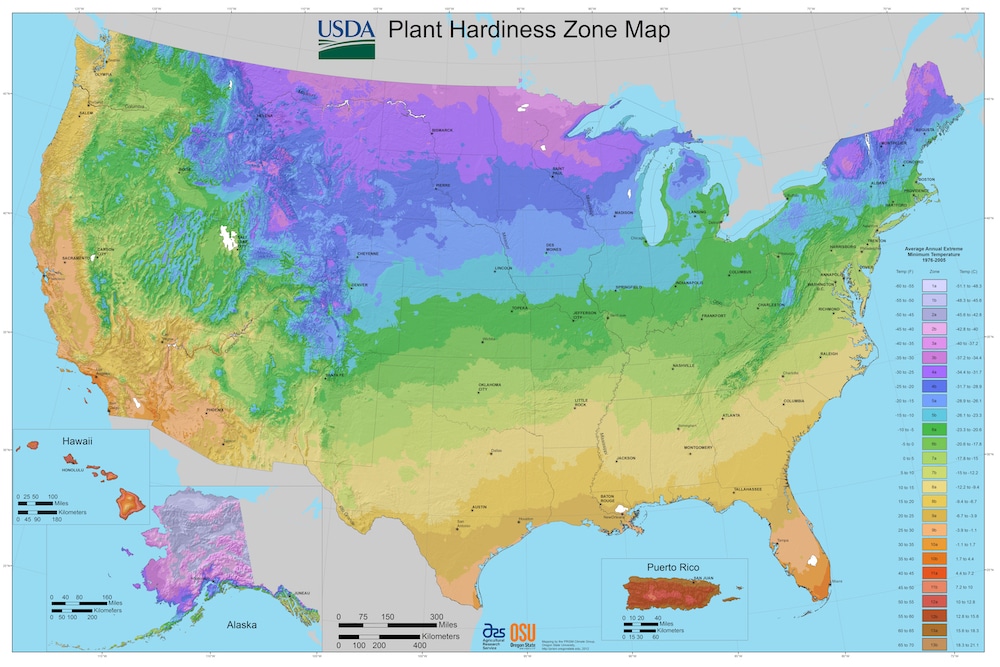
Perennials
Unlike annuals, perennial plants come back year after year, so you never have to start from scratch. Primrose, spiderwort, English daisies, peonies, black-eyed Susans and daylilies are all perennial flowers that brighten up a yard. While specific planting and blooming times vary by species, spring-blooming bulbs should generally be planted in the early fall, and summer-blooming bulbs in the early spring once any threat of frost has passed. Some vegetables are even perennial — like asparagus and rhubarb — or have perennial varieties.
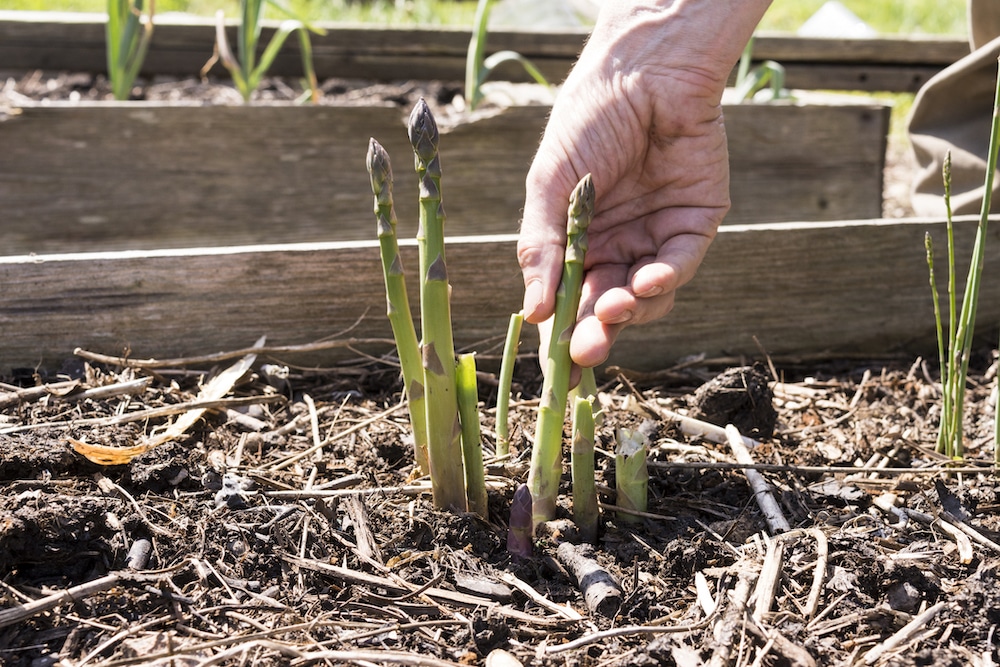
Start From Seed
To really save on early-season garden expenses, grow your own seedlings instead of buying starts at a garden center. One packet might have hundreds of seeds, and often costs less than a single seedling. Choose an indoor spot with plenty of light (or somewhere you can install a grow lamp) and set up a seed-growing station. Fill a seed tray — or upcycled containers with adequate drainage — with soil and plant the seeds according to packet instructions. The package should also explain when the seedlings can be transplanted into the garden. One packet of seeds might contain more than you can use in one year, so store them somewhere cool and dry for next year.
Some larger trees and shrubs like dogwood, holly, gardenias, forsythia, rhododendron and hydrangeas can also be propagated from clippings, rather than started from seed.
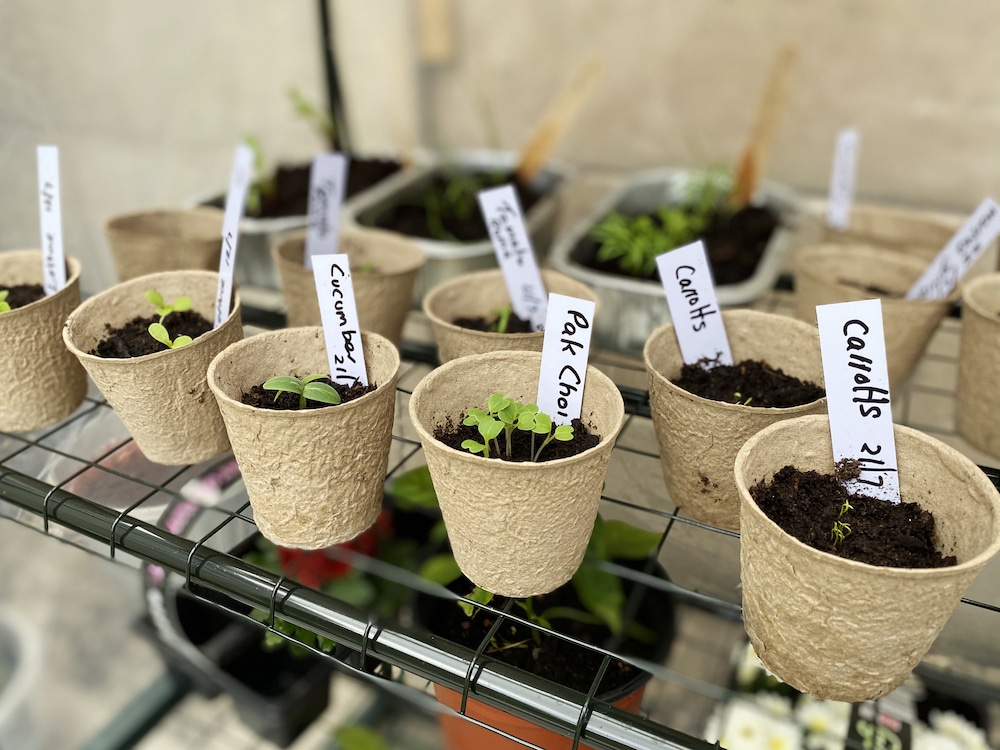
Start Small
If you do buy starts, choose smaller, less expensive ones rather than larger, mature plants. This just takes a little more planning; you might have to buy them earlier in the season to mature indoors before transplanting to the garden.
Buy From Local Garden Centers
Shipping live plants can be expensive. Check out a local garden center for supplies instead of ordering online. Many stores also have a discounted “seconds” section with plants down on their luck that could use a little TLC.
Shop Early and On-Sale
It’s generally cheaper to buy gardening supplies you need in the off-season. If you hold out for the mad dash in the spring as gardeners get their yards together, you might miss out on the exact seeds and plants that you want. Think ahead about what you want and look for it at end-of-season sales in the fall and winter.
Thrift Supplies
Gardening supplies can be expensive, especially if you’re starting a garden for the first time and constructing raised beds, rehabilitating soil and purchasing necessary tools like stakes, hoes, spades, gloves, shears and soil. Check out yard sales or online platforms like eBay and Facebook Marketplace for used materials. If you’re trying a container garden, get creative and use old plastic bins, trash cans or whatever larger vessels you have on hand.
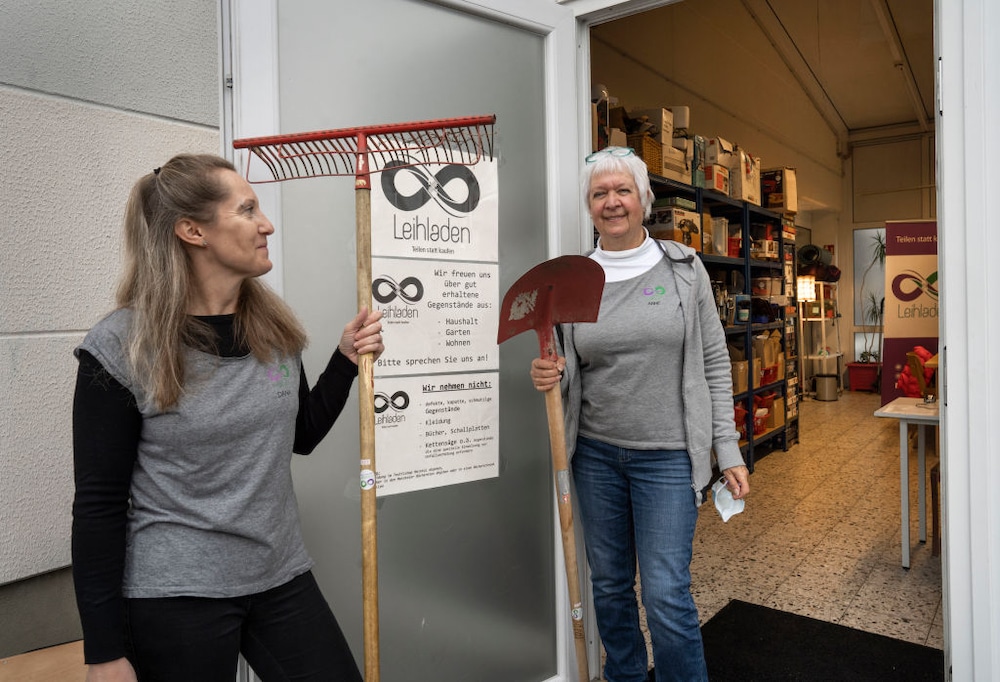
Fertilize With Homemade Compost
Not only are store-bought fertilizers environmentally destructive, but they’re also an additional expense. Luckily, there’s no better recipe for a healthy, happy garden than homemade compost. It’s rich in nutrients like nitrogen, phosphorous and potassium, and also helps with water retention, stabilizing pH and creating an aerated structure in the soil. Composting your food and yard scraps also keeps them from entering landfills, where they emit methane — a greenhouse gas more powerful than CO2 — as they break down. In the fall, spread a few inches of compost over the soil and it’ll be nutrient-rich by springtime.
Make Your Own Mulch
Mulch helps retain moisture and insulate soil, but whatever your purpose, buying enough bags to cover a whole garden can be expensive. If you have access to a woodchipper, making your own wood chips from fallen branches, bark and pine needles is pretty easy. Straw is another cheap alternative. Break it into pieces with a shovel, then lay a layer thick enough that the ground isn’t visible (usually 3 to 6 inches). As long as your grass is pesticide-free, you can mulch with it too — and it’s free! Let the clippings dry in the sun for a few days (or until they’re brown and more brittle), then cover the soil with a one-inch layer. Newspaper is also good at suppressing weeds. Stack four or five pages of newspaper, lay them on the soil and spray with water to keep them from blowing away, then cover it up with some soil, straw or compost.

Attract the Good Bugs, Ward Off the Bad
Plenty of garden pests can cause damage to plants, but not all bugs are bad; praying mantises, ladybugs, lacewings and hoverflies help keep your garden healthy and ward off nasty pests without using costly and harmful pesticides. Attract these friendly insects with native plants and avoid spraying artificial pesticides, which will kill all kinds of bugs. Flowers like yarrow, marigold, echinacea, sweet alyssum and goldenrod attract good insects, while lemongrass, basil, lavender, mint and thyme will keep the bad ones out.

Keep Up on Maintenance
Don’t let garden tasks fall by the wayside. If a plot isn’t properly watered or weeded, some plants might get lost. Stick to a schedule with garden tasks, and ask a friend or neighbor to do some basic tasks when you’re away on summer trips.
Water Well
Watering the garden mindfully means less wasted water and less wasted money. Collect rainwater in a rain barrel, which will save you the cost of municipal water. Rain barrels are available at most garden centers, or you can make a simple one yourself from a sturdy plastic barrel, spigots, a length of hose and a mesh bag.
Drip irrigation uses water even more efficiently. The system is essentially a long pipe snaked through a garden bed so that plants are watered directly, wasting no water. To make your own, place an end cap on the open end of a hose and run it through the garden bed. Push holes into the hose with a push-pin at the location of each plant. If you want to prevent water in the hose from flowing back into the water supply it came from, install a backflow preventer valve. Otherwise, simply screw the other end of the hose into the faucet.
Whatever method you choose, watering in the morning is the most effective and efficient method. Watering when the air is still cool gives the plants time to absorb the water, then dry out during the day. When watered at night, the soil will stay damp and could lead to fungal problems or attract insects — costly (and annoying) issues to deal with.
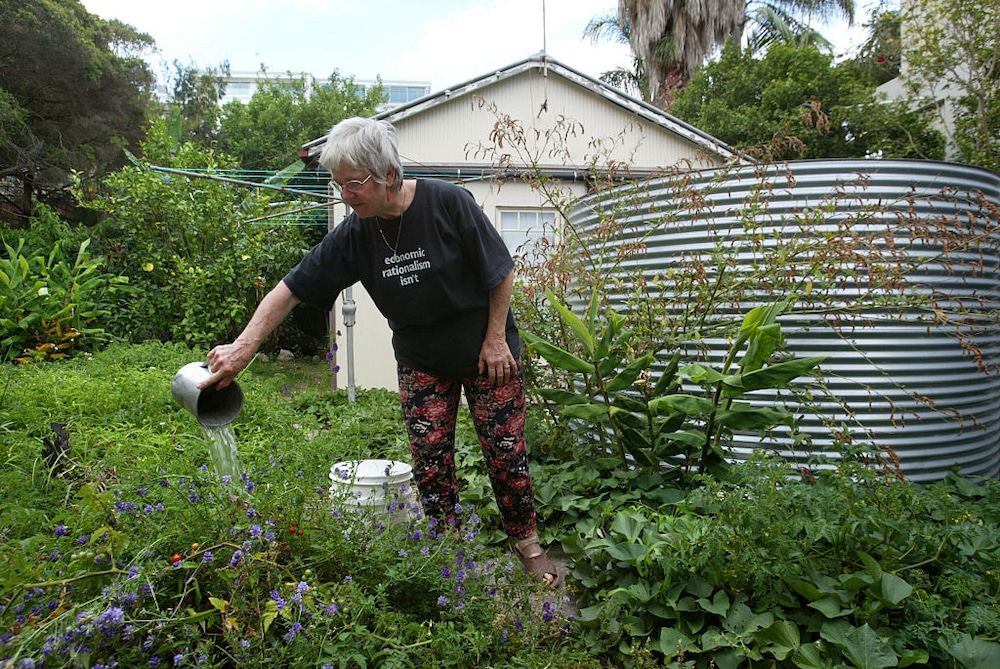
Subscribe to get exclusive updates in our daily newsletter!
By signing up, you agree to the Terms of Use and Privacy Policy & to receive electronic communications from EcoWatch Media Group, which may include marketing promotions, advertisements and sponsored content.

 233k
233k  41k
41k  Subscribe
Subscribe 




